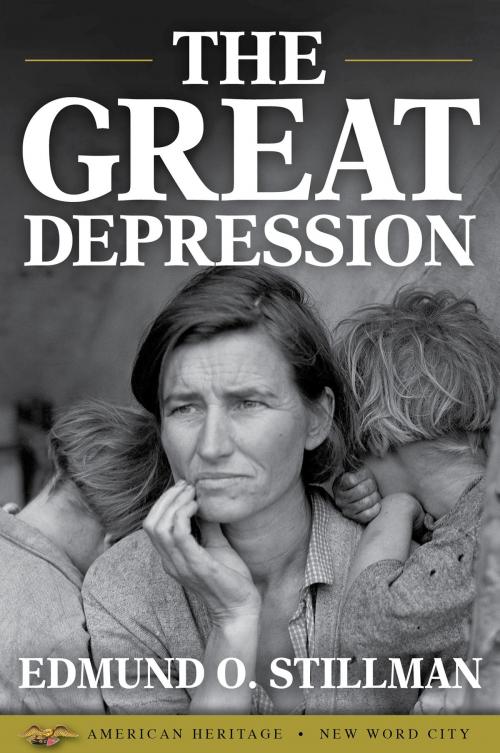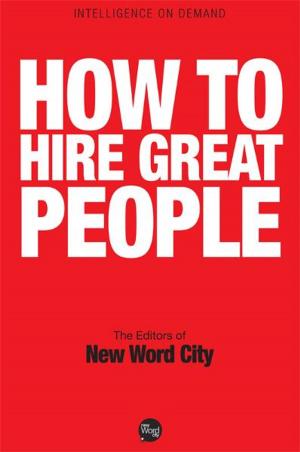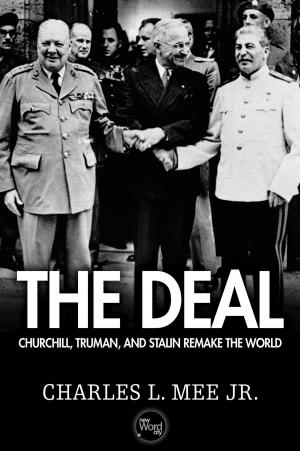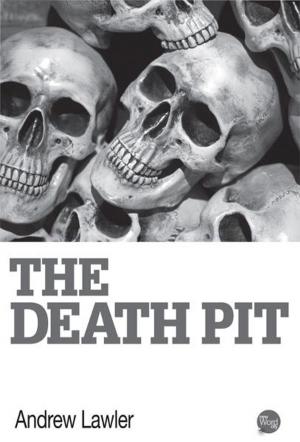| Author: | Edmund O. Stillman | ISBN: | 9781612309033 |
| Publisher: | New Word City, Inc. | Publication: | April 11, 2016 |
| Imprint: | Language: | English |
| Author: | Edmund O. Stillman |
| ISBN: | 9781612309033 |
| Publisher: | New Word City, Inc. |
| Publication: | April 11, 2016 |
| Imprint: | |
| Language: | English |
The event that defined the 1930s in the United States came before it started. On October 29, "Black Tuesday," stock-market investors lost more than 30 billion in the Great Crash. The ten-year Great Depression that followed was not the product of a single day or week. Nonetheless, it came as a shock to the American people and to the man they looked to for relief: President Herbert Hoover. Soon, as banks failed, mortgages were foreclosed, and unemployment soared, bread lines formed throughout the country in grim testimony to the state of the economy. The policies of Hoover and then Franklin Delano Roosevelt's New Deal started a long road to relief, recovery, and reform. Here, from the respected historian Edmund O. Stillman, are the stories of The Great Depression, the 1930s, and an American people defined by their resilience in the face of debilitating despair.
The event that defined the 1930s in the United States came before it started. On October 29, "Black Tuesday," stock-market investors lost more than 30 billion in the Great Crash. The ten-year Great Depression that followed was not the product of a single day or week. Nonetheless, it came as a shock to the American people and to the man they looked to for relief: President Herbert Hoover. Soon, as banks failed, mortgages were foreclosed, and unemployment soared, bread lines formed throughout the country in grim testimony to the state of the economy. The policies of Hoover and then Franklin Delano Roosevelt's New Deal started a long road to relief, recovery, and reform. Here, from the respected historian Edmund O. Stillman, are the stories of The Great Depression, the 1930s, and an American people defined by their resilience in the face of debilitating despair.















